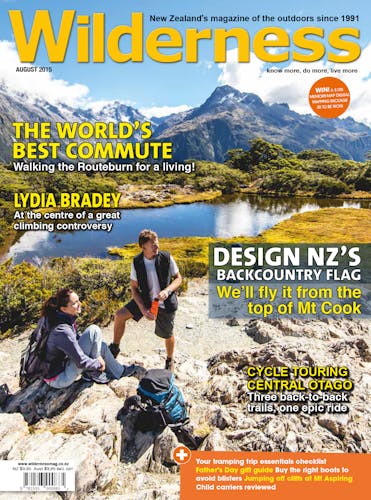You may think hydration is only a serious issue in summer. But Antarctica New Zealand’s Simon Trotter (who knows a thing or two about cold conditions) says even in the cold it’s vitally important to keep your liquid levels up
One of the greatest challenges for people tramping in winter is keeping hydrated – especially in cold and dry conditions. You may not be sweating as much as you do in summer, so don’t realise you’re getting thirsty.
But in winter, your body produces a lot of energy to keep you working in the cold. Staying hydrated is important to sustaining this energy. Recognising signs of dehydration is important too – particularly in remote locations. Symptoms include headaches and bad moods, skin rashes and an elevated heart rate. you should drink regularly to avoid this and when faced with extreme cold, like in Antarctica, try these tips:
- Drink often: Keep a flask or water bottle handy and replenish the body with warm sweet liquids to add a little energy as you hydrate.
- Hot water bottle. Dehydration leads to a poor night’s sleep. Empty your bladder before going to bed and place a water bottle filled with warm water in your sleeping bag. This keeps water from freezing overnight, so you’ve got a ready drink in the morning. It also adds to the comfort factor of your bed.
– Simon Trotter is the Antarctic operations and planning manager for Antarctica New Zealand







